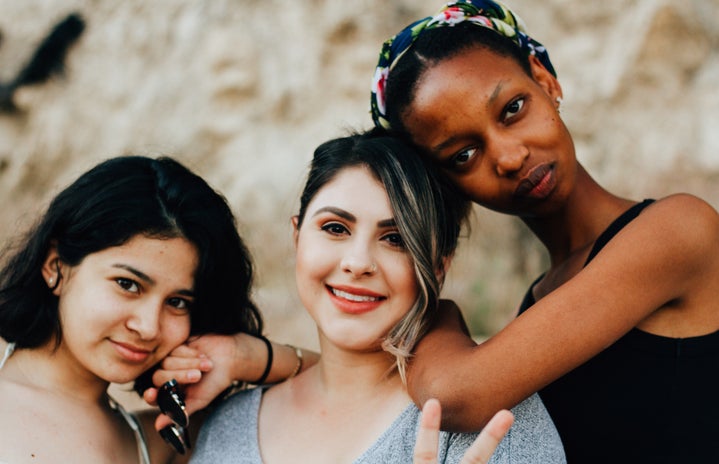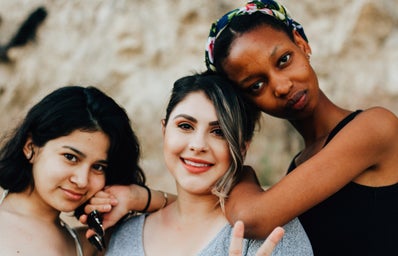When I started listening to Logic’s music, the last thing I expected was to relate to him. I expected stereotypical rap songs, but what I heard was him talking about an experience I knew very well. Logic, or Robert Bryson Hall, is a half-Caucasian half-African-American male who grew up experiencing strange, double-sided racism. As someone who is half-Filipino but white-passing, it was the first time I heard someone put the biracial experience into words.
Race and ethnicity have always been a sensitive topic, and in our generation, we work hard to be mindful and accepting of all races. That being said, it’s very easy for us to label someone as racist or police other people’s ethnicities. Logic opens up about the very complicated biracial experience in “Mixed Feelings,” where he was called the n-word by his mother but called a cracker by his classmates. In his song “Everybody” he opens up even further, saying how he was told to be ashamed to be black but shamed by black people for rapping. He was born with white privilege, yet he wasn’t accepted by either side. In a way, he couldn’t embrace either of his racial backgrounds, as he grew up feeling he wasn’t enough of either. On “Black Spiderman” he declares that he’s proud to be both black and white. When I heard him say that, I thought to myself “You can do that?”
I grew up disconnected from my Filipino side. When I was with my mom, I’d get asked if I was adopted or if she was my babysitter. My older brother is dark-skinned and more “Filipino-looking,” and so I became hyper-aware of my pale skin color and the effect that it has. It felt like I wasn’t allowed to embrace my Filipino side at all since I didn’t look the part or speak the language. I am aware that I have white privilege and I physically don’t look like I’m Filipino. Admitting that I was Filipino was usually something I did to surprise people, rather than something I did to establish my identity. I was worried that if I called myself Filipino or embraced it, I would be accused of pretending or appropriating. As a result, I grew up feeling like I couldn’t even relate or connect to my mom’s side of the family. In a strange way, I wasn’t “white” enough either. My ex’s mom, a white woman, made a comment about how it bothered her that her grandkids could potentially be a quarter-Asian. Even though I wasn’t Filipino enough to be Filipino, it was still something that came under fire.
Although biracial kids can’t fit into a box of one race or another, that doesn’t make them lack in either ethnicity. Rather, it opens the door to celebrating two different sides of the world. There isn’t a percentage requirement to race, it is something that is much more complicated. Race and ethnicity are defined socially, culturally, and historically. In the melting pot of America, defining race and ethnicity only gets harder.
Hearing Logic declare he’s proud to be black made me realize that the only person who can judge who I am, is me. If he can embrace his black side, then I can embrace my Filipino side. Tiktoker Aneesa Kae shares this sentiment, as she is a half-white half-Indian woman who is known for resembling Cheryl Blossom from Riverdale. In her content regarding her Indian side, she is often addressing claims that she is too white to wear Desi clothes, or that she is not Indian enough to embrace the culture. She still proudly wears Desi clothes and makes content about her journey to embracing her biraciality. It doesn’t matter what others say; when it comes to her identity, Aneesa gets the last say. It doesn’t matter how I look, I am the one who defines myself. I am proud to be Filipino and white, and anything else in between.


